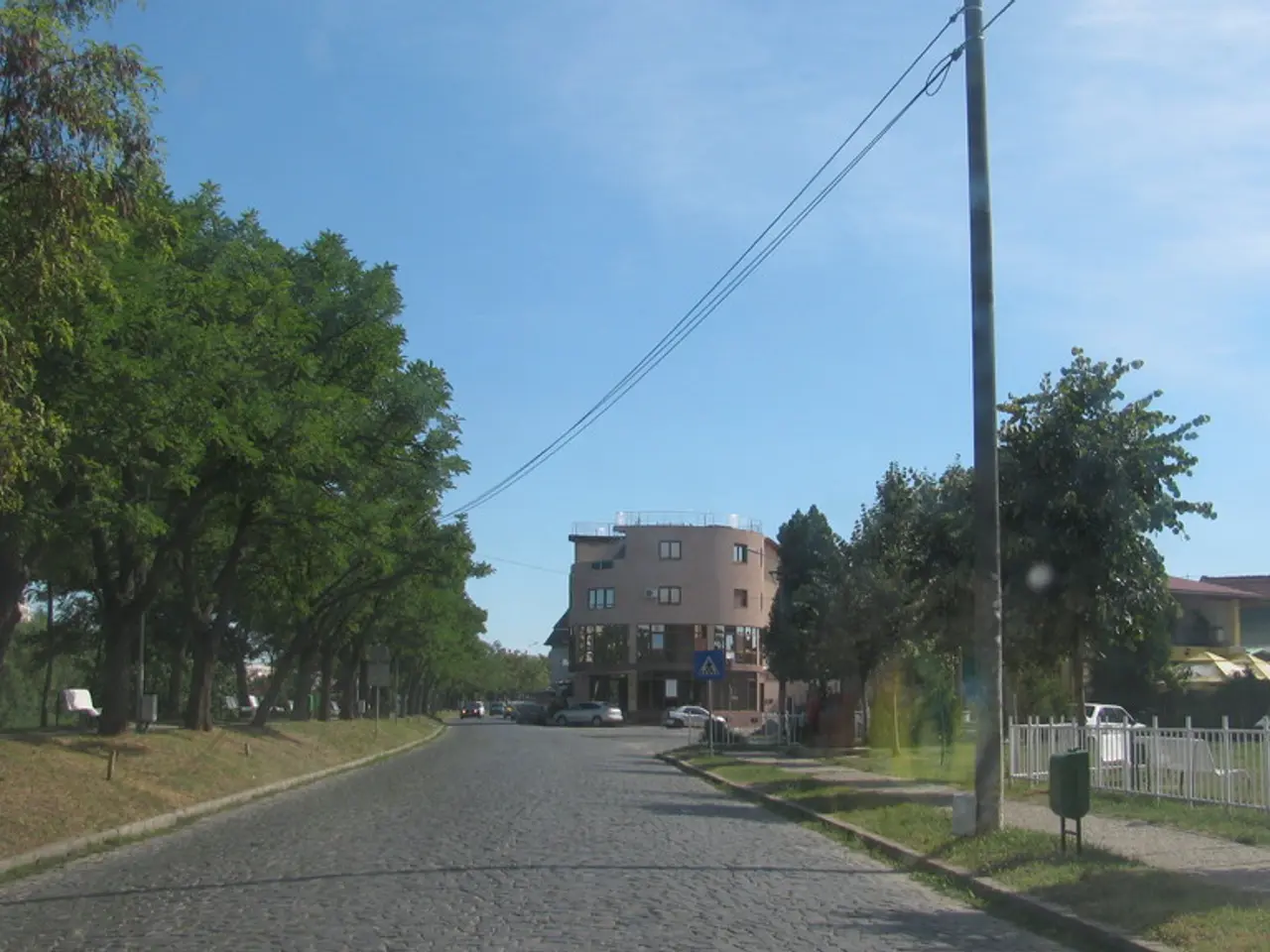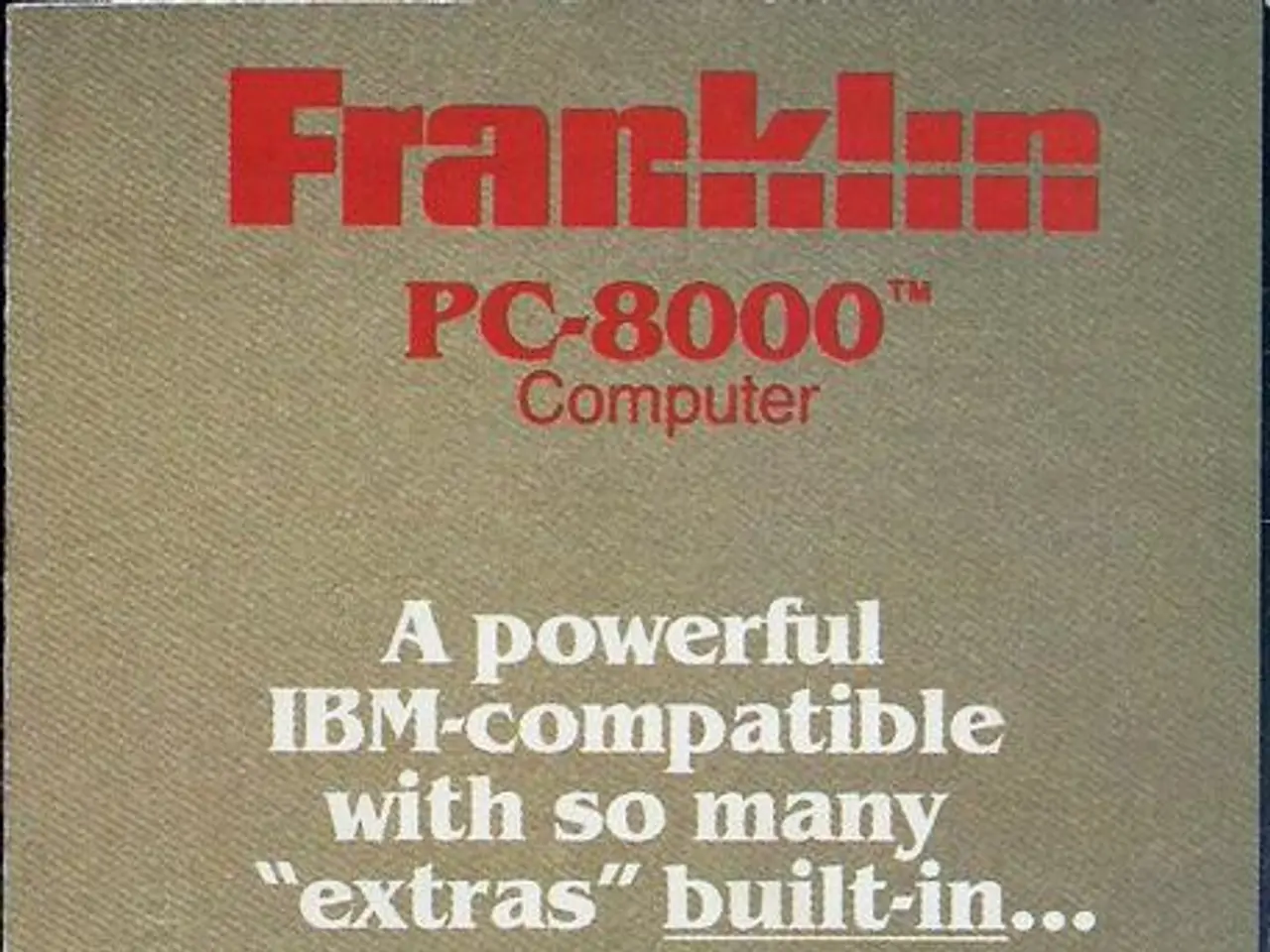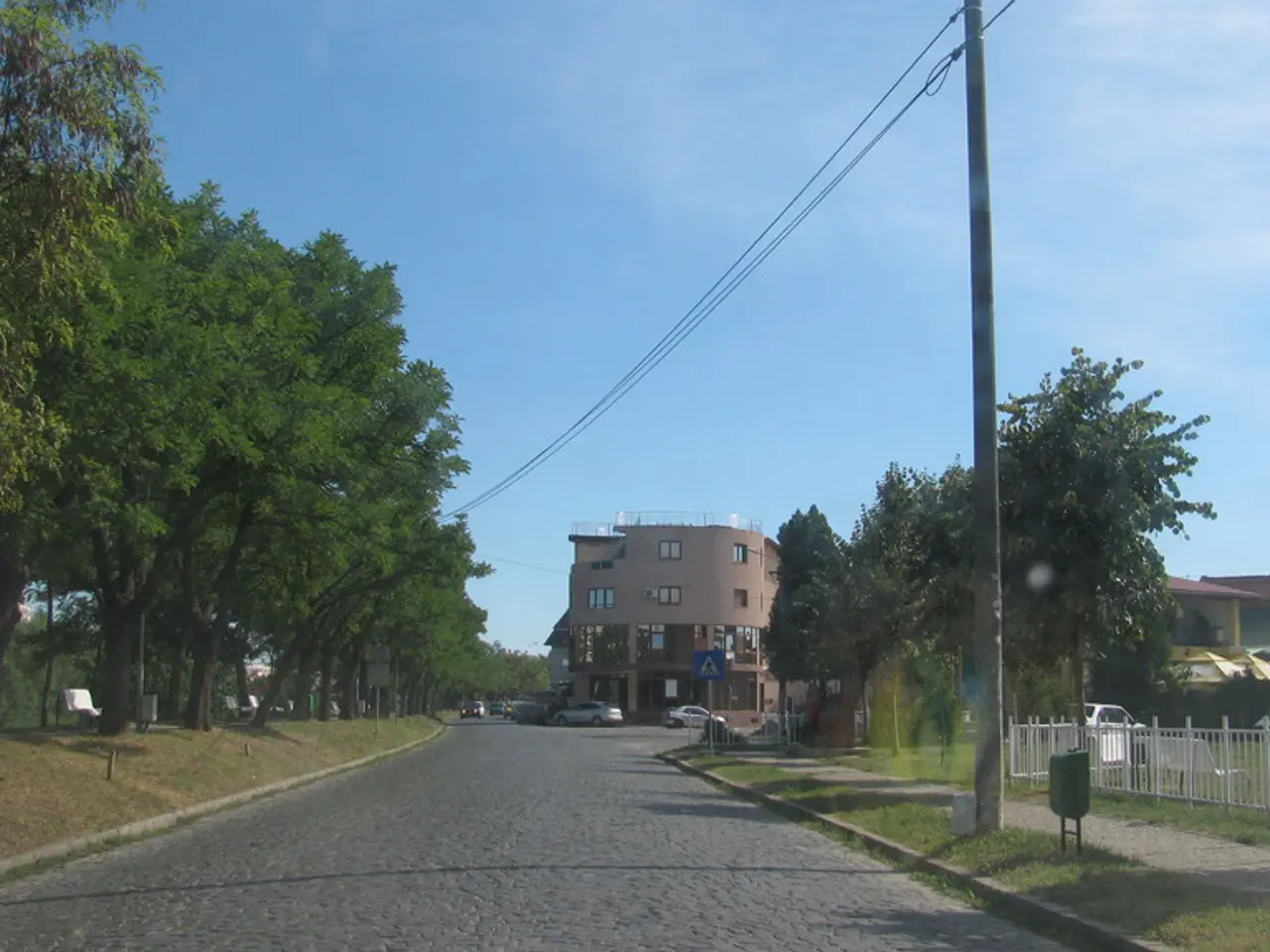Explaining Animated Rendering: A Deep Dive into Fundamentals and Complex Methods
The world of animation is on the brink of a significant transformation, with advancements in technology promising real-time capabilities, AI-driven enhancements, and increased sustainability. Technologies like Unreal Engine 5 are paving the way for more accessible, high-quality animation.
At the heart of these advancements lies the intricate process of animation rendering, which generates the final visual output of an animation. Each frame contains millions of calculations involving light, shadow, reflections, and materials. The goal is to create animations that are visually rich, emotionally engaging, and physically plausible, enhancing the storytelling and immersive quality of animated content.
Advanced techniques play a crucial role in achieving this goal. Here are some key methods and their contributions to the final visuals:
**1. Physically Based Rendering (PBR) and Realistic Lighting**
Advanced rendering algorithms simulate how light interacts with surfaces and materials in a physically accurate way. Techniques such as subsurface scattering help emulate how light penetrates and diffuses through materials like skin, creating lifelike skin tones and subtle translucency effects. Natural lighting simulation, including accurate shadows and reflections, adds depth and realism to scenes.
**2. Advanced Rigging and Deformation Techniques**
Complex rigging systems allow for smooth and natural movements of characters. Weight painting influences how mesh vertices respond to bone movement, preventing distortion during animation. Facial rigging with blend shapes and controllers enables detailed expressions and lip synchronization. Manipulating non-linear deformers in 3D rigs achieves fine muscle and skin deformations, enhancing emotional subtlety through micro-expressions such as half-blinks and nuanced head turns.
**3. Animation Refinement with Graph Editor and Motion Principles**
Fine-tuning animation curves through graph editors allows for easing in and out motions, avoiding stiff or robotic movements. Overlapping actions in secondary elements like hair and clothing add realism. Applying principles like contrapposto (opposing shoulder and hip rotations) and natural arcs in limb movements contribute to fluidity and weight in walk cycles or other complex motions.
**4. Use of Render Farms and Scalable Computing**
Rendering complex scenes with detailed rigs and textures demands significant computational power. Using cloud render farms with powerful GPUs and CPUs accelerates rendering times, enables handling of intricate details, and supports scalability for simultaneous processing of multiple scenes or animations.
**5. Iterative Feedback and Refinement Workflow**
Regular peer feedback, organized critiques via tools like Asana or Trello, and reference to natural motion libraries support continuous improvement. Precision timing adjustments in tools like Maya’s Trax Editor ensure expressions and movements meet viewer perception standards for believability.
Efficient textures can be achieved by using compressed or optimized textures to reduce memory usage. Real-time ray tracing is now possible thanks to advancements like NVIDIA's RTX technology, enhancing realism in video games and live applications. Cloud rendering allows animators to offload rendering tasks to powerful remote servers, eliminating the need for expensive local hardware and offering scalability for large projects.
Use of Level of Detail (LOD) adjusts the detail of objects based on their distance from the camera, while real-time rendering is used in video games and interactive applications, rendering images at lightning speed. Rendering involves converting 3D models, textures, lighting, and other data into a sequence of images (frames). Ray Tracing simulates the behavior of light by tracing rays from the camera to objects in the scene.
AI-Assisted Rendering uses AI-based denoising algorithms to clean up noisy renders, reducing rendering times while maintaining quality. The rendering pipeline consists of Scene Setup, Geometry Processing, Shading, Rasterization, and Post Processing. Global Illumination (GI) techniques calculate indirect lighting, where light bounces off one surface to illuminate others.
GPU Acceleration has revolutionized rendering, drastically reducing render times due to its ability to handle complex calculations and parallel processing. Path Tracing calculates how light bounces off surfaces multiple times before reaching the camera. The basics of animation rendering include models, textures, lighting, camera, and animation data.
Together, these techniques merge artistic vision with technical precision, producing animations that feel alive and resonate visually with audiences. The future of animation rendering is indeed promising, offering a world where the line between reality and animation blurs even further.
Technology plays a crucial role in the advancements of animation rendering, with techniques like Physically Based Rendering (PBR) and Realistic Lighting using advanced algorithms to simulate light interactions, creating lifelike visuals. The use of Cloud render farms and scalable computing, enabled by technology, expedites rendering times and supports the handling of intricate details, especially for large projects.



